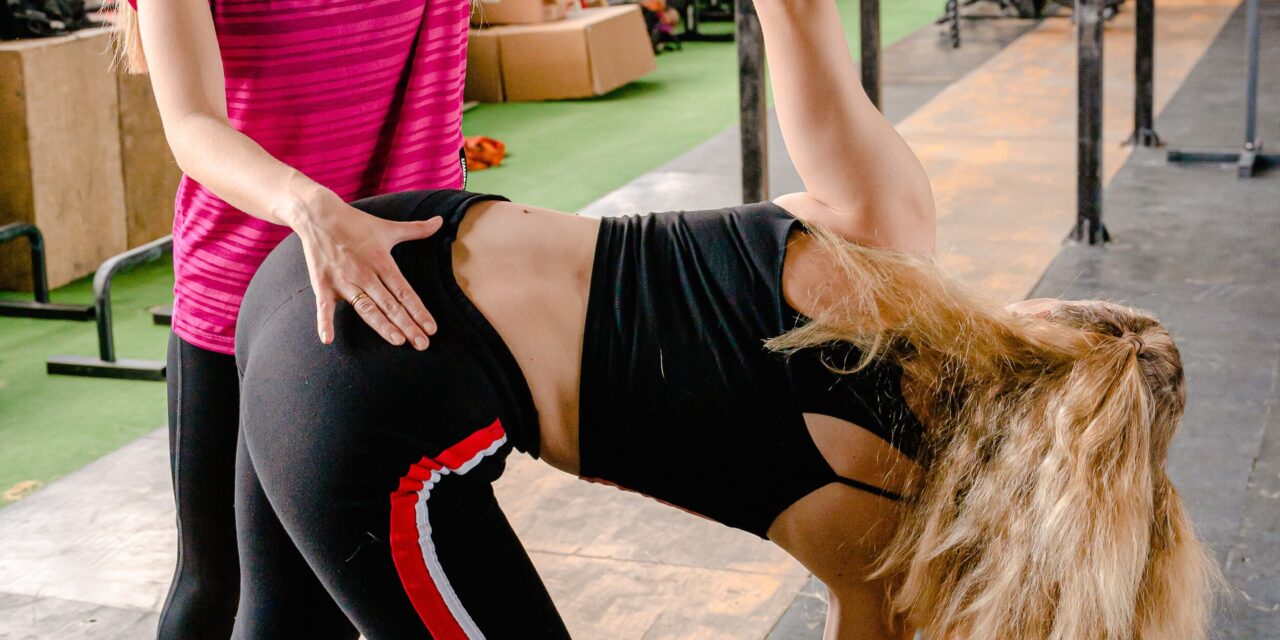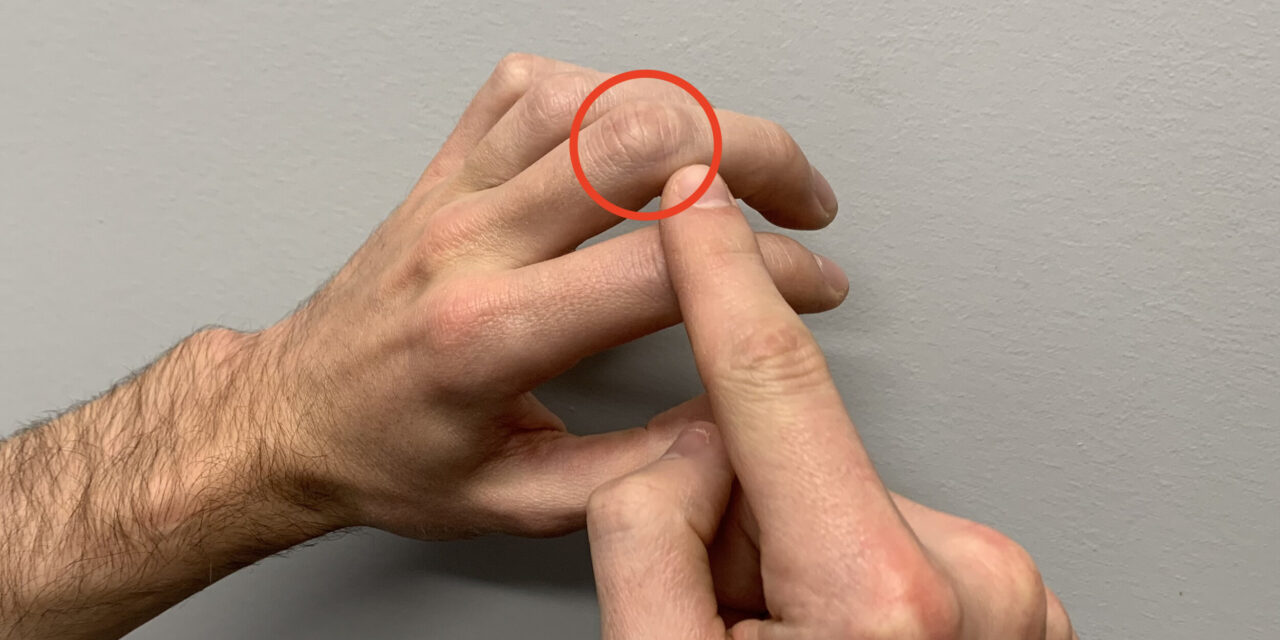6 Ways to Reduce Urinary Tract Incontinence
6 Ways to Reduce Urge Related Urinary Incontinence By Berrin Boyce, PT, DPT, PRPC Urinary urge incontinence or leaking with a strong sense of urge is estimated to impact 20-30% of women. In clinical practice I frequently work with patients of all genders and ages who experience urge related incontinence that interferes with work, school,...


